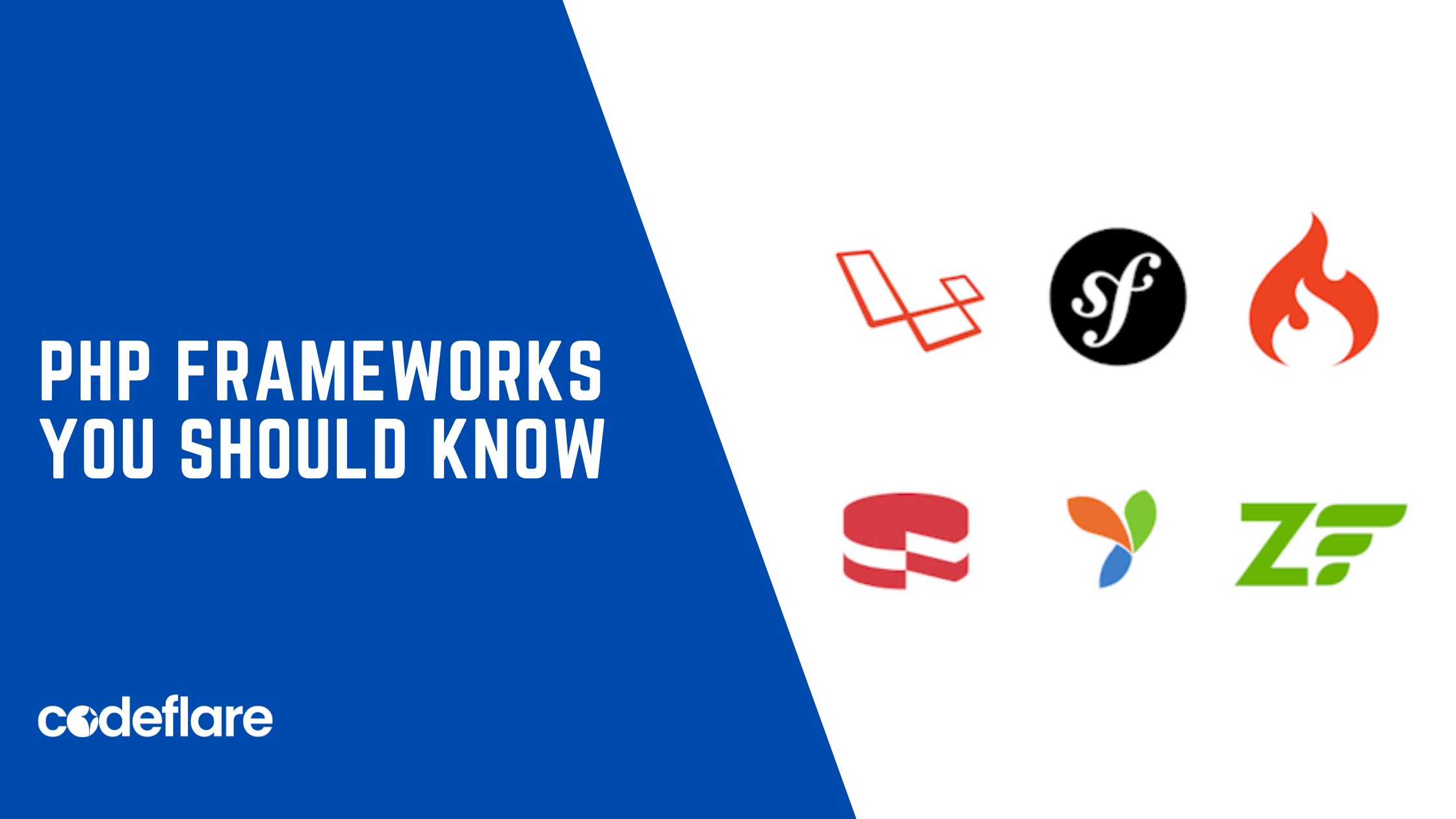
The best PHP frameworks are those that provide developers with a structured and efficient way to build web applications. By leveraging pre-built libraries, conventions, and design patterns, developers can accelerate development and ensure maintainability. In this article, we’ll explore some popular PHP frameworks, highlighting their key features and providing code examples to demonstrate their usage.
But What is a Framework?
A framework is a structured and pre-built platform or foundation that provides developers with a set of tools, libraries, and conventions to streamline the development process of software applications. The goal of frameworks is to simplify common development tasks, promote code organization and maintainability, and encourage best practices.
PHP frameworks offer a wide range of features, including routing, database abstraction, form validation, and authentication. Choosing the right framework depends on factors such as project requirements, developer familiarity, and community support.
In this guide, we’ll focus on four popular PHP frameworks:
- Laravel
- Symfony
- CodeIgniter
- Yii
- CakePHP
Each framework has its strengths and weaknesses, making it suitable for different types of projects.
Laravel
Laravel is a modern PHP framework known for its elegant syntax, expressive ORM, and robust feature set. It follows the MVC (Model-View-Controller) architectural pattern and provides tools for database migrations, routing, authentication, and more.
Example: Routing in Laravel
// routes/web.php
Route::get('/welcome', function () {
return view('welcome');
});
Symfony
Symfony is a mature PHP framework that offers a set of reusable components for building web applications. It emphasizes flexibility, scalability, and performance. Symfony’s components can be used independently or as part of a full-stack framework.
Example: Creating a Controller in Symfony
// src/Controller/DefaultController.php
namespace App\Controller;
use Symfony\Bundle\FrameworkBundle\Controller\AbstractController;
use Symfony\Component\HttpFoundation\Response;
use Symfony\Component\Routing\Annotation\Route;
class DefaultController extends AbstractController
{
/**
* @Route("/", name="homepage")
*/
public function index(): Response
{
return $this->render('default/index.html.twig', [
'controller_name' => 'DefaultController',
]);
}
}
CodeIgniter
CodeIgniter is a lightweight PHP framework known for its simplicity and small footprint. It’s well-suited for small to medium-sized projects where rapid development is essential. CodeIgniter provides a straightforward approach to MVC and comes with built-in libraries for common tasks.
Example: Creating a Controller in CodeIgniter
// application/controllers/Welcome.php
class Welcome extends CI_Controller {
public function index()
{
$this->load->view('welcome_message');
}
}
Yii
Yii, renowned for its speed and efficiency, is a high-performance PHP framework. It boasts a powerful ORM, caching support, and built-in security features. Yii is particularly suitable for large-scale applications that demand performance optimization and scalability.
Example: Defining a Model in Yii
// models/User.php
namespace app\models;
use yii\db\ActiveRecord;
class User extends ActiveRecord
{
public static function tableName()
{
return 'user';
}
}
CakePHP
CakePHP is a rapid development PHP framework that follows the convention over configuration (CoC) principle. It provides features like scaffolding, ORM for database management, built-in validation, and security tools. CakePHP aims to make web development faster and easier by minimizing repetitive tasks and reducing boilerplate code.
Conclusion
Choosing the right PHP framework depends on factors such as project management, developer expertise, and community support. Additionally, Laravel, Symfony, CodeIgniter, and Yii are just a few of the many frameworks available in the PHP ecosystem. By comprehensively understanding their features and usage, developers can effectively select the most appropriate framework for their projects and efficiently build robust web applications.
In this guide, we’ve provided an overview of each framework along with code examples demonstrating their key features. Additionally, whether you’re building a small website or a large-scale application, PHP frameworks offer the tools and resources necessary to streamline development and deliver high-quality software.
Error handling in React Application






